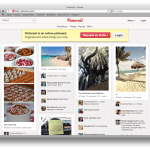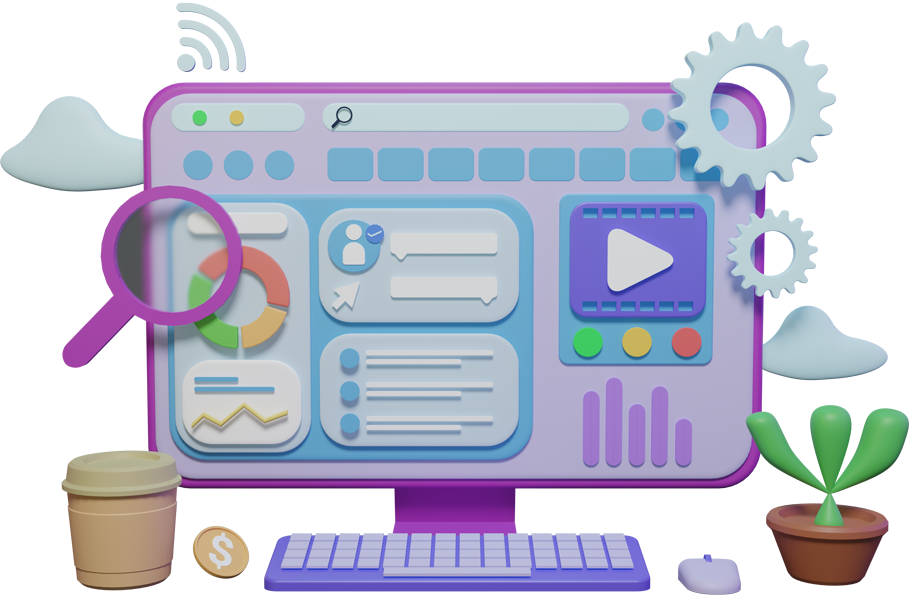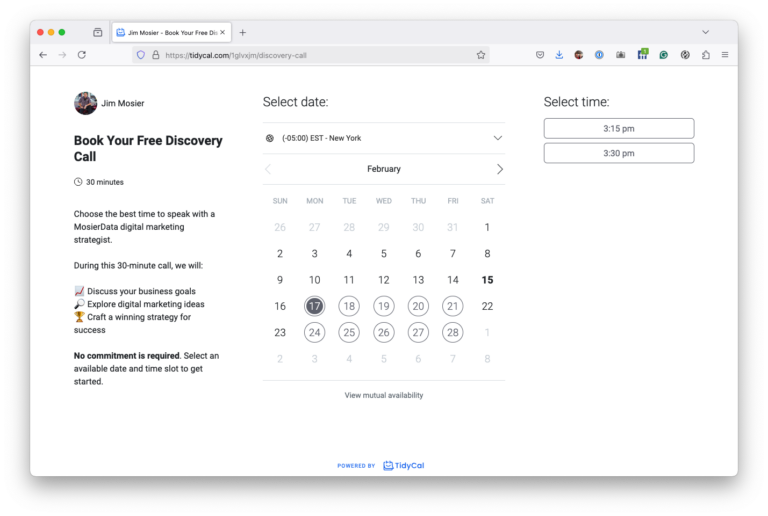 If you take a look at a some of the most popular sites out there, you will find a number of things in common, but most importantly: They’re usually free to use.
If you take a look at a some of the most popular sites out there, you will find a number of things in common, but most importantly: They’re usually free to use.
Obviously, these sites aren’t free to operate. Even a simple web site needs a web hosting plan or server. The more popular your site, the more servers you need. Then you need people to run those servers. Then you need staff to fix software bugs. The list grows from there. Bottom line: Someone, somewhere always pays for “free.”
There is a big stink at the moment about Pinterest, since it was discovered that they quietly add affiliate links to outbound e-commerce traffic. But, before I get to that, let’s take a look at how some of the other big “free” sites drive revenue. I think you’re going to find a pattern here:
Google has a very successful ad program. They found a way to position their ads everywhere the user shows interest. Their ads are contextual, meaning if you are searching for how to clean a stain out of your carpet, you’re likely to see local carpet cleaning companies. (What I don’t like is how they even extend this to Gmail and show ads targeted to the content of your email, but that’s a whole different blog post for another time.)
Facebook also has an ad program, however they don’t quite have the contextual part down. When is the last time you went to Facebook to research a product or service? I’m not talking about checking out a company’s fan page, I am talking about general research. Maybe I am strange, but I have never done it. Yet, I always see ads on Facebook. Rarely are they relevant, and for the most part I see them as a distraction and ignore them – but they make Facebook a lot of money.
Instead of using ads to drive Revenue, Pinterest recently came up with a different strategy: Affiliate links. What this means that is if you follow a link off of Pinterest and that link goes to an e-commerce site (or other site they have an affiliate relationship with) they quietly replace the original link with one that gives them a commission if you end up purchasing something while you’re there.
Let me go on record stating that I think this is incredibly smart on their part. Instead of seeing annoying ads or popups that cheapen your experience, they found a way to monetize what is becoming a vary popular (and need I say again, free to use) service. They make money while maintaining the integrity of the site, keeping it clean and simple (which is what we all like about it to begin with).
Affiliate links are a legitimate way to monetize your site and if you aren’t doing it yourself, you are missing out on revenue.
What I find interesting in the case of Pinterest, is that there is no disclosure of the practice, which is required of most sites by the FTC. I don’t know if it is because Pinterest is considered “User submitted content” which gives them certain protection under the law. I’m not a lawyer, but my understanding is once you modify “user submitted content” you lose that protection. Does replacing an outbound link count as modification?
Bottom line is, I think it is smart what they are doing, but if anyone from Pinterest is reading this, I also think it would be smart to disclose it.. Somewhere, anywhere.. I read their terms of service, privacy policy, copyright notice and found nothing. I don’t think most of their visitors will care in the least about the affiliate links, but there are some that feel NOT disclosing it is somehow a violation of their trust. If the folks running Pinterest is as smart as I think they are, don’t be surprised if you see a disclosure soon.
What do you think about Pinterest using Affiliate marketing as a tool for monetization? I look forward to your comments..

